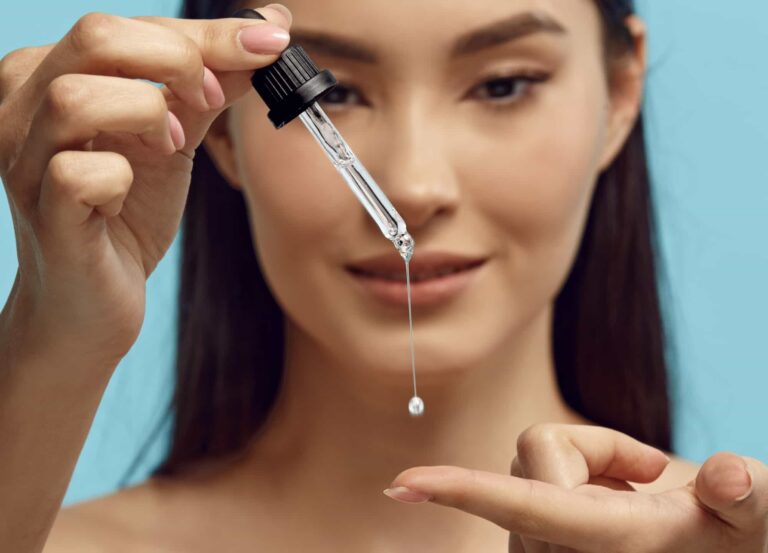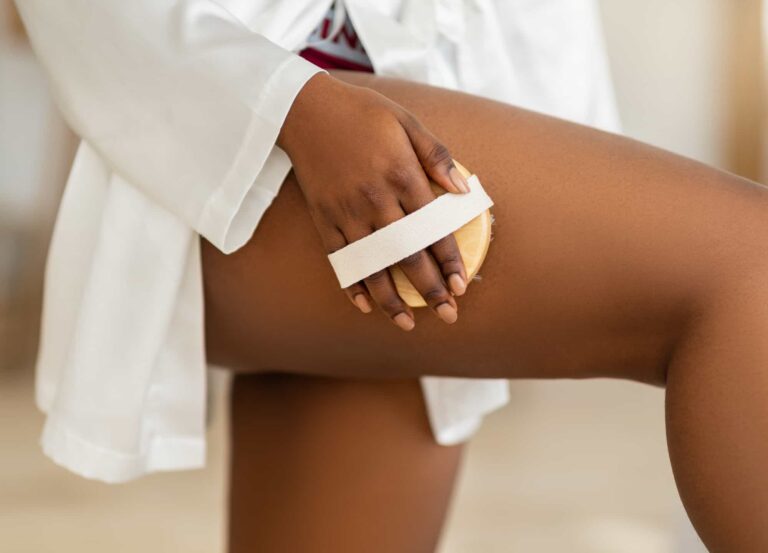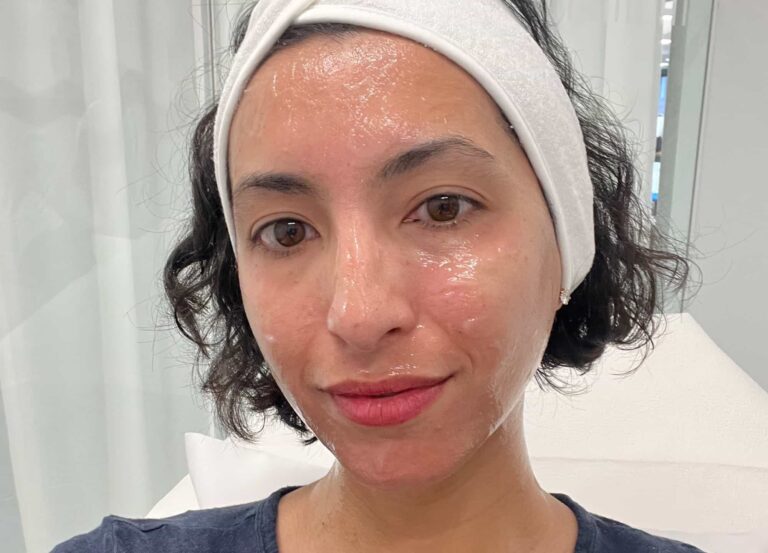RealSelf is proud to support and stand with the LGBTQIA+ community year-round. Our platform is an unbiased resource for everyone—regardless of age, ethnicity, sexual orientation, or gender identity.
To celebrate Pride, we’re elevating stories of strength, truth, and transformation from LGBTQIA+ influencers, activists, and community members, plus highlighting leaders in the field of gender confirmation surgery and hormone replacement therapy.
To call transitioning complex is an understatement. The process is highly personal and depends on the individual, but it can include everything from changing one’s name and wardrobe to undergoing hormone replacement therapy (HRT) and multiple gender-affirming surgical procedures.
If HRT is part of someone’s transition, they’re likely preparing themselves for a great number of changes. The goal of HRT is to promote the characteristics of the desired sex while suppressing those of the undesired sex, and those characteristics affect everything from emotions and body fat to even the skin. “Hormones play a big role in the appearance of skin, although our understanding of hormones and how they function in the human body is still very limited,” explains Dr. Dennis Gross, a board-certified dermatologist in New York City.
However, we know that one of the most significant ways hormones affect the skin is by altering its oil production. “Androgens regulate the amount and thickness of sebum produced, which are the two main factors that can lead to a clogged pore,” says Dr. Gross. Androgens are often referred to as “male” hormones—testosterone is one of the most famous androgens—but the truth is that everyone produces them, and androgens are essential for estrogen production. Because the balances of these key hormones are carefully adjusted by physicians during HRT, transitioning patients may face some new skin concerns.
We’ll break down precisely how HRT affects skin, skin snafus to expect when transitioning, and how best to adjust your skin-care routine moving forward.
Becoming a trans man
When someone is transitioning to male, “they’re given mega-high doses of testosterone,” explains Dr. Jessie Cheung, a board-certified dermatologist and an expert on hormone optimization practicing in Willowbrook, Illinois and New York City. Once the testosterone hits the hormone receptors in the patient’s body, “we know that the biggest thing they feel first is the total mood change,” she says. “They feel invincible and much less prone to tearing up, and things don’t really bother them as much.” Physical changes that can develop throughout testosterone therapy include an enlarged clitoris; altered body fat distribution; and transformations to facial features, such as thickening of the jawline. However, changes to the skin can be especially noticeable.
How testosterone affects skin and hair
“Testosterone therapy in transmasculine people has some predictable effects,” explains Dr. Jennifer MacGregor, a board-certified dermatologist at New York City’s Union Square Dermatology and a member of the World Professional Association for Transgender Health. “The skin almost always becomes more oily, and people often experience an increase in or worsening of existing or new acne.” That acne can manifest as congested pores (like blackheads, whiteheads, or other comedones); inflamed, deep cysts; or both.
From head to toe, trans men will experience increased oil production, so managing body acne may be another skin-care challenge for trans men. (This is especially common when wearing chest binders—sweating it out under any tight garment can cause blemishes when bacteria is nearby.) Amped-up sebum output can also cause scalp issues: Dr. MacGregor notes that many transmasculine patients find that they need to shampoo more frequently, to fight back against excess sebum. Furthermore, “more oil in the hair makes you prone to things like seborrheic dermatitis, or dandruff,” says Dr. Cheung. This dandruff can appear in the patient’s new facial hair as well as on the scalp.
New hair growth on the face and body often brings a whole new set of adjustments. “An increase in facial and body hair can be associated with inflamed hair follicles, or folliculitis,” says Dr. MacGregor. This can be caused by infectious bacteria or yeast, which makes the affected area look like it’s got a breakout of little pus-filled pimples. Folliculitis can also occur simply if the skin is irritated by the growth itself, which presents as traditional razor bumps or ingrown hairs.
While new hair growth can be an exciting harbinger of masculinity for transitioning patients, a huge majority of men can personally attest that testosterone can also play a disappointing role in the hair cycle—namely, loss. Says Dr. Gross, “testosterone produces a hormone called dihydrotestosterone [DHT]. When this enters your bloodstream, it links to the receptors on your hair follicles, causing them to shrink [and making them] unable to support healthy hair growth.”
Skin care and skin treatments for trans men
Cleanser
While these new skin concerns can definitely seem overwhelming, the good news is that there are tried-and-true treatments that can help manage all of them. Right off the bat, transmasculine patients should swap in lighter cleansers (rather than rich, creamy formulas) to cut through all that sebum. If breakouts aren’t much of an issue, try Tula The Cult Classic Purifying Face Cleanser ($28)—it leaves skin feeling ultra-clean and balanced, thanks to pre- and probiotics, while plant extracts like turmeric and white tea gently exfoliate and provide free-radical defense.
Products for acne
For those trying to manage new blemishes, particularly bumpy, inflammatory acne, both Drs. MacGregor and Cheung recommend antibacterial benzoyl peroxide (BP), though Dr. MacGregor adds the caveat that this ingredient can be a bit irritating. “One of my favorite brands for BP is Neutrogena because [the brand has] cleansers and short-contact masks with lower concentrations of BP (2.5% and 3.5%) that might be easier to tolerate,” says Dr. MacGregor.
Try the Neutrogena Clear Pore Cleanser/Mask ($10), which boasts 3.5% BP and can be used as both a daily cleanser and a deep detox mask. Other options include Differin gel ($20), which uses a type of retinoid called adapalene to unblock pores, and wipe-based treatments that contain 2% salicylic acid in order to exfoliate and clarify skin, like Clearasil Rapid Rescue Deep Treatment Pads ($9).
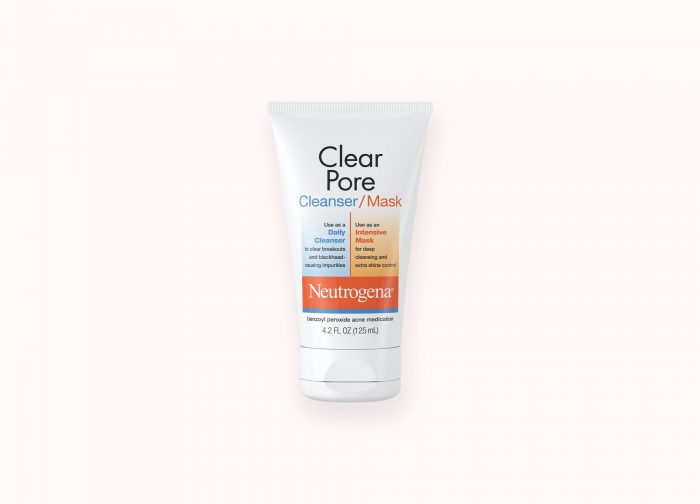
If acne becomes unmanageable to the point that more potent treatment is needed, Dr. Cheung believes prescription retinoids are the logical first step, regardless of gender. Popular brand names include Retin-A and Tazorac. Topical antibiotics like clindamycin, dapsone, and azithromycin can also help.
For pill-based treatment, Dr. Cheung notes that isotretinoin or Accutane can help those suffering from particularly bad acne. However, she’s fond of using spironolactone, a diuretic that has historically been prescribed off label to treat acne, in either pill or topical form, because it offers the best bang for your buck. “Spironolactone is pretty cool because it attacks at the hormonal level—it blocks the androgen receptors in the skin and the hair,” explains Dr. Cheung. “It’s pretty useful for people who are transitioning because it helps with the cystic acne you get with that oil production but also helps to keep the hair on top.”
Moisturizer and sunscreen
Just like transmasculine patients need lighter cleansers, Dr. MacGregor notes that it’s a good idea to pivot to sheerer formulas for moisturizer and sunscreen, because they won’t weigh down oily or acne-prone skin. It’s a common misconception that oily skin doesn’t need hydration, when the truth is that using moisturizer can help balance and regulate oil production. We like BeautyStat Universal Pro-Bio Moisture Boost Cream ($50); the lightweight, silky formula is packed with thirst-quenching hyaluronic acid; ceramides that seal in deeper moisture; and mushroom ferment plus probiotics, to soothe and protect skin. For a sheer, comfortable facial sunscreen, try Supergoop Defense Refresh (Re)Setting Mist SPF 40 ($30), an ultrafine mist that offers the added bonus of oil control via rosemary extract, and the mineral-based (read: less likely to congest pores) Dr. Dennis Gross Skincare Physical Sunscreen Spray for Body SPF 30 ($40).
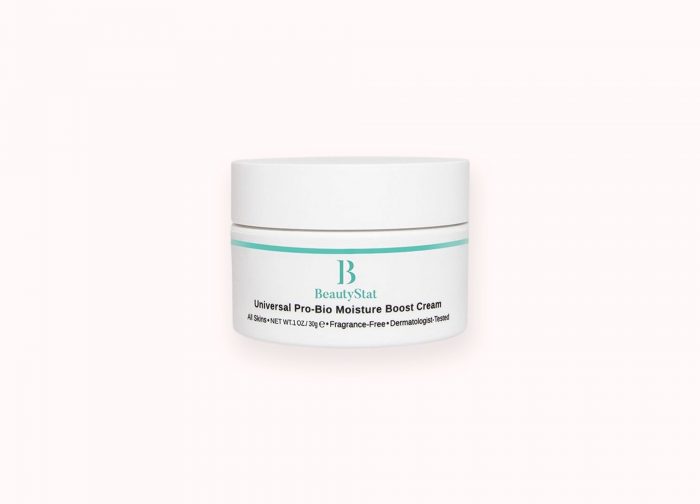
Products for hair loss
Other ways to help tackle hair loss include scalp scrubs, which can remove follicle-congesting buildup and promote blood flow to the scalp, encouraging a healthy environment for hair growth. Kevin Murphy Scalp.Spa Scrub ($38) helps balance sebum output; gently cleanses; and exfoliates with celery seed extract, micellar water, and perlite. (Fun fact: perlite is a mineral derived from obsidian, the rock that forms after volcanic lava has cooled and hardened.)
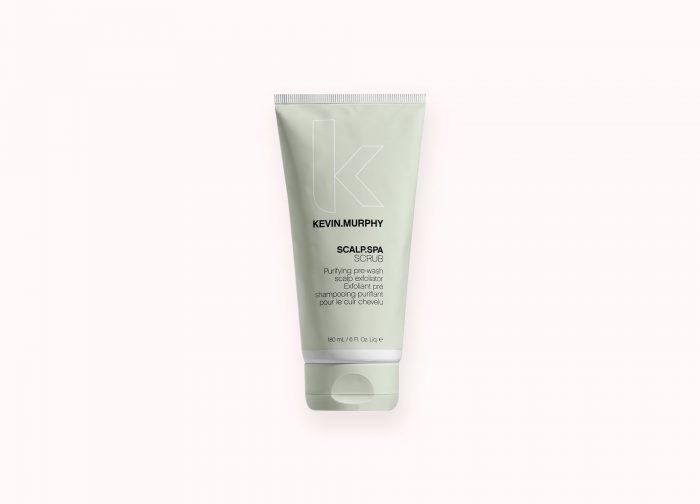
One can also consider one of the best-known prescription-strength ingredients to fight hair loss, finasteride—also known by the brand name Propecia—which blocks your body’s production of DHT and fights future hair loss. “It’s generally recommended not to consider finasteride in the first two years on masculinizing hormone regimens until the desired change in features has been confirmed and stabilized,” says Dr. MacGregor, adding that “often, if they choose surgical options in their transition, people have hair transplants or hairline surgery.”
Becoming a trans woman
When someone transitions to female, they are typically prescribed estrogen as well as testosterone blockers, like the aforementioned spironolactone. Common physical changes that come along with estrogen therapy can include breast tissue growth and shrinking testicles. “Trans women also report the same concerns as cis women on the body,” says Dr. MacGregor, like cellulite; stretch marks; or fat storage shifting to the inner thighs, lower abs, or hips—“namely, cellulite, stretch marks, and new body fat patterns, increasing storage at the inner thigh, lower abdomen, or hip.” Facial features may appear softer and plumper, such as noticeably fuller cheeks. Of course, there are also changes to the skin and hair, though they may be less obvious than those of testosterone therapy.
How becoming a trans woman affects skin and hair
Basically, those transitioning to female can expect the opposite results of what occurs when transitioning to male. Because sebum production isn’t as intense in women, “some patients even notice the skin is softer, thinner, and drier, to the point of having more jawline laxity,” says Dr. MacGregor. Facial hair thins out but not completely. However, perhaps the most significant skin concern to expect is a potential increase in hyperpigmentation.
“Estrogen and progesterone stimulate the overproduction of melanin, which leads to dark spots,” explains Dr. Gross, noting that hormonal dark spots are more prevalent in deeper complexions. Melanin is the pigment that gives skin its color, and “when hormones trigger an increase in this melanin production, you’re more susceptible to hyperpigmentation,” he says. New redness or blood vessels may also be visible, since estrogen drives blood vessel production. “We also see [these concerns] in cis women during pregnancy and when they take birth control hormones,” points out Dr. MacGregor.
Skin care and skin treatments for trans women
Cleanser and moisturizer
As skin becomes drier on estrogen therapy, it requires more moisture from skin-care staples, including cleanser. Ranavat Luminous Ceremony Cream Cleanser’s ($42) sumptuous balmy formula features detoxifying and brightening manjistha, an Ayurvedic herb, as well as damask rose extract, for hydration and natural fragrance. Moisturizers with plant butters like shea, mango, and cocoa are deeply nourishing to parched skin; Dr. Brandt Skincare Triple Antioxidant Moisturizer ($64) contains all three plus antioxidants green tea, white tea, and grapeseed extract, to defend skin against free radicals. Bonus: this formula was created in collaboration with Miami Beach Pride, and a portion of sales will be donated to the nonprofit’s scholarship program so trans patients can support both their skin and the LGBTQ+ community.
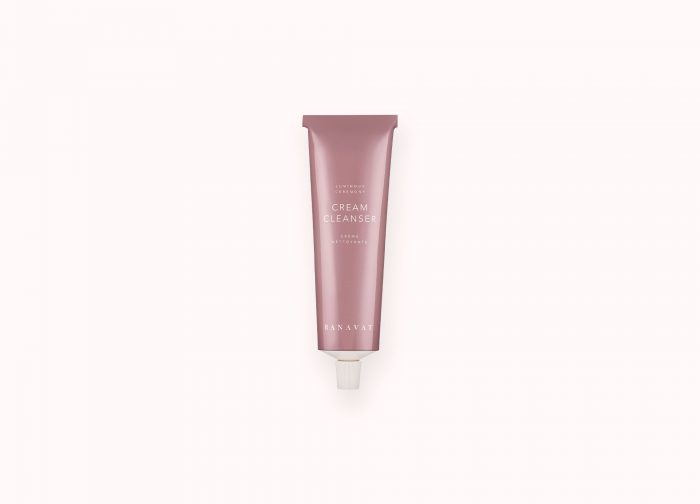
Sunscreen
Moisturizing sunscreen will also help comfort skin while protecting it from future damage—and considering that sun exposure can trigger melasma and other hyperpigmentation, it’s extra important for transfeminine patients to slather on sunscreen,from head to toe. The hydrating Dr. Gerald Imber Soothe & Defend SPF 30 ($37) feels silky, not suffocating, on the face while providing a unique matte radiance (perfect for particularly steamy days), and VI Derm Beauty SPF 50 Daily UV Defense Broad Spectrum Sunscreen ($40) contains aloe vera and green tea, to hydrate and soothe while protecting skin.
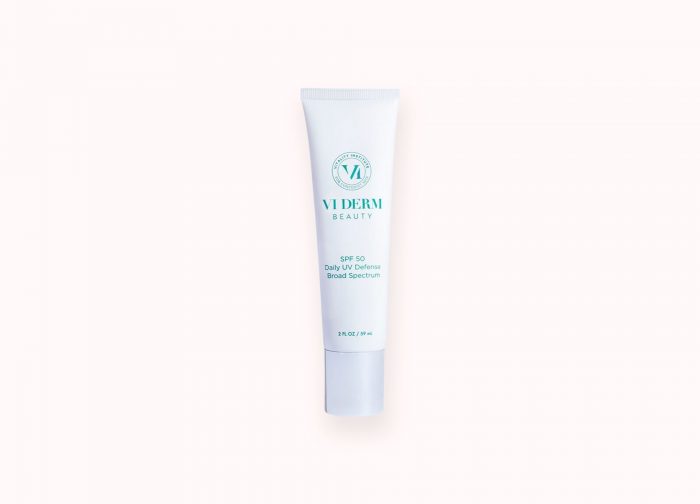
Treatment serums
To combat hyperpigmentation, Dr. MacGregor recommends applying a gentle, vitamin C–based treatment in the morning (along with sunscreen, naturally). Check out REN Glow Daily Vitamin C Gel Cream Moisturizer ($48); in addition to skin-brightening vitamin C, the creamy formula contains glycogen, an ingredient naturally found in the body that helps skin retain moisture. At night, trans women can try stronger formulas, to help correct pigmentation issues. “To treat hormonally induced hyperpigmentation, you want to look for a product that both corrects and prevents future dark spots,” says Dr. Gross. His Clinical Grade IPL Dark Spot Correcting Serum ($92) uses lactic acid—one of the mildest exfoliating alpha hydroxy acids—to exfoliate away dark spots, while arbutin, 10% vitamin C, and kojic acid work at multiple levels of the skin in order to inhibit melanin production. Prescription retinoids can also help brighten skin while fending off wrinkles and breakouts; we like Altreno because the lightweight formula contains hyaluronic acid, glycerin, and marine collagen, to help keep thinner, drier skin moisturized while staving off the often drying effects of tretinoin.
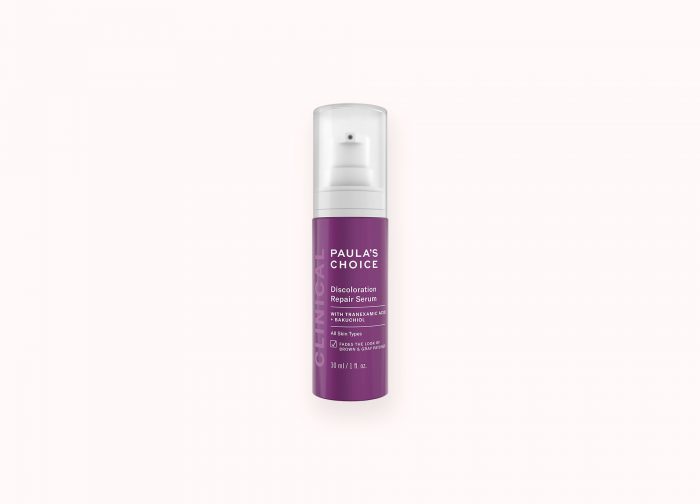
In the case of particularly stubborn dark spots, Dr. Cheung likes to prescribe oral tranexamic acid, an off-label treatment for melasma. “Gynecologists used to prescribe it for bleeding—genetic females can have very heavy periods,” she says. “We think it stabilizes the blood vessels that sit around the pigment cells in the skin, clearing the melasma.” Tranexamic acid is also found in topical treatments, like Paula’s Choice Discoloration Repair Serum ($46), which also features niacinamide and bakuchiol, for extra brightening. Over-the-counter formulas won’t be as potent or fast-acting as prescription medication but are still a worthy addition to a morning or evening routine. While we discuss only skin-care routines here, remember that dermatologists have even more options at their disposal, to help transitioning patients look and feel like their true selves, including laser hair removal, neurotoxins, and dermal fillers. Dr. MacGregor herself has studied the effects of these treatments and found that they can positively impact the quality of life of trans patients, increasing their confidence and giving them a more positive outlook. We feel that all skin care (including topicals and injectables) is self-care—and self-care during a time of change is crucial.









